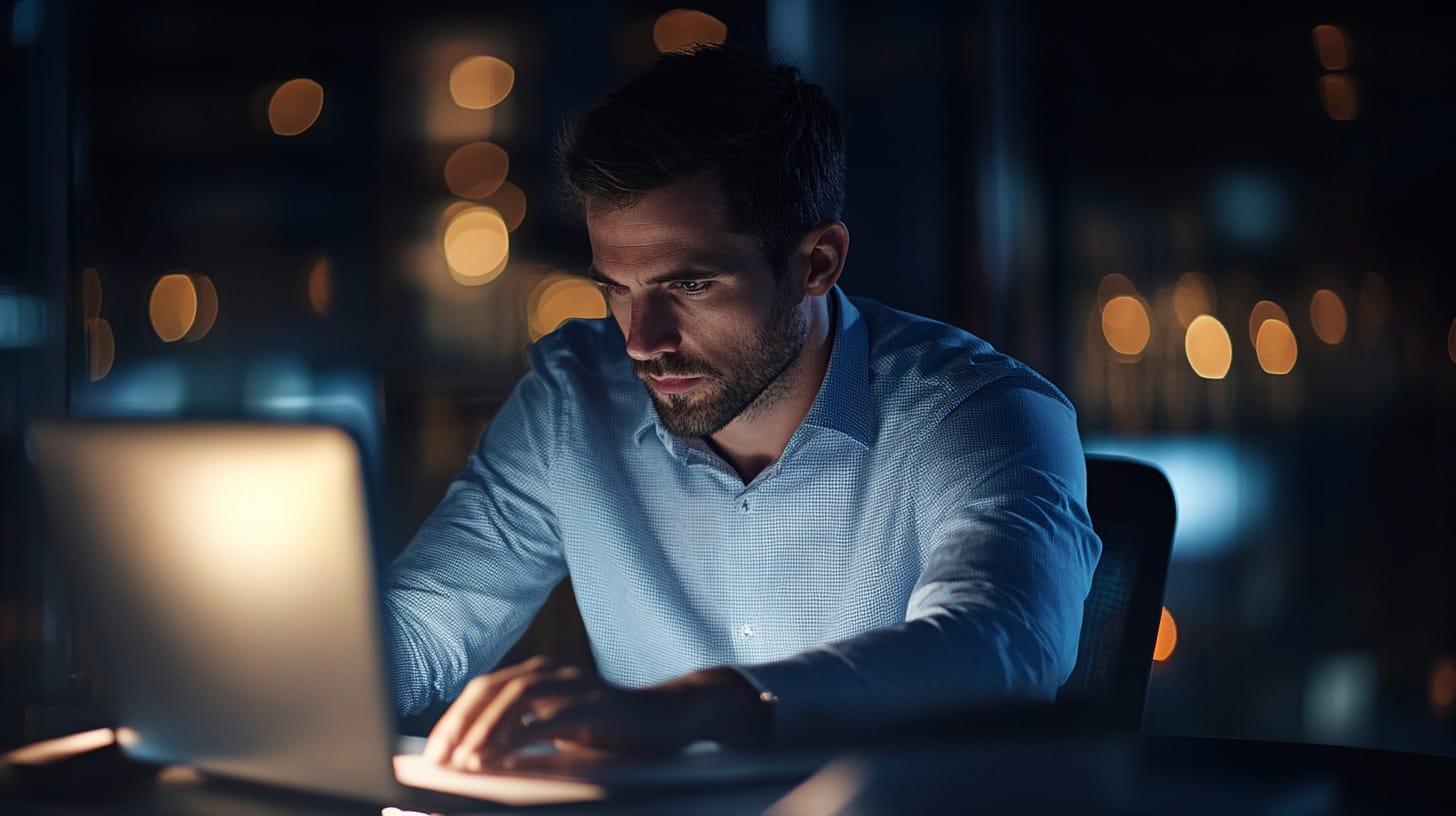Section Summary
“Go Green, Save Green: Immediate Savings for Small Businesses!”
Energy-Efficient Lighting Solutions
In the pursuit of sustainability, small businesses are increasingly recognizing the importance of energy-efficient lighting solutions as a means to reduce operational costs while simultaneously contributing to environmental conservation. Transitioning to energy-efficient lighting not only enhances the aesthetic appeal of a workspace but also delivers immediate financial benefits that can significantly impact a business’s bottom line. By adopting these solutions, small enterprises can experience a reduction in energy consumption, leading to lower utility bills and a more sustainable operational model.
One of the most effective energy-efficient lighting options available today is LED (Light Emitting Diode) technology. Unlike traditional incandescent bulbs, which convert a mere 10% of energy into light while wasting the rest as heat, LEDs are designed to use approximately 75% less energy. This remarkable efficiency translates into substantial savings on electricity costs. Furthermore, LEDs have a significantly longer lifespan, often lasting up to 25,000 hours or more, compared to the 1,000 hours typical of incandescent bulbs. This longevity not only reduces the frequency of replacements but also minimizes maintenance costs, making LEDs a financially prudent choice for small businesses.
In addition to LEDs, businesses can also explore the benefits of smart lighting systems. These systems utilize sensors and timers to adjust lighting levels based on occupancy and natural light availability. For instance, motion sensors can automatically turn off lights in unoccupied areas, while daylight sensors can dim or brighten lights in response to the amount of natural light entering a space. By implementing such technology, small businesses can further optimize their energy usage, ensuring that they are only using power when necessary. This not only leads to immediate savings but also fosters a culture of energy awareness among employees, encouraging them to adopt more sustainable practices.
Moreover, the transition to energy-efficient lighting can also enhance employee productivity and well-being. Studies have shown that well-lit environments contribute to improved focus and morale, which can lead to increased efficiency and output. By investing in quality lighting solutions, small businesses can create a more inviting and productive atmosphere for their employees, ultimately benefiting their overall performance. This aspect of energy-efficient lighting is often overlooked, yet it plays a crucial role in the holistic approach to business sustainability.
Furthermore, many utility companies offer incentives and rebates for businesses that choose to upgrade to energy-efficient lighting. These financial incentives can significantly offset the initial investment costs associated with purchasing and installing new lighting systems. By taking advantage of these programs, small businesses can accelerate their return on investment, making the transition to energy-efficient lighting not only an environmentally responsible choice but also a financially savvy one.
In conclusion, energy-efficient lighting solutions present small businesses with an opportunity to achieve immediate savings while promoting sustainability. The adoption of LED technology, smart lighting systems, and the potential for utility incentives collectively contribute to a more efficient and cost-effective operational model. As small businesses continue to navigate the challenges of rising energy costs and environmental responsibility, investing in energy-efficient lighting stands out as a practical and impactful strategy. By making this transition, businesses not only enhance their financial performance but also play a vital role in fostering a more sustainable future.
Smart Thermostats for Cost Reduction
In the pursuit of sustainability, small businesses are increasingly recognizing the importance of implementing green upgrades that not only benefit the environment but also contribute to their bottom line. One of the most effective and immediate ways to achieve cost reduction is through the installation of smart thermostats. These innovative devices offer a range of features that optimize energy consumption, leading to significant savings on utility bills.
To begin with, smart thermostats are designed to learn the habits and preferences of the users, allowing them to adjust heating and cooling settings automatically. This adaptability means that businesses can maintain a comfortable environment for employees and customers without wasting energy. For instance, when the office is unoccupied, the thermostat can lower the heating or cooling, ensuring that energy is not expended unnecessarily. This feature alone can lead to substantial savings, particularly in climates with extreme temperatures where heating and cooling costs can be a significant portion of a business’s expenses.
Moreover, many smart thermostats come equipped with remote access capabilities. This means that business owners can monitor and control their heating and cooling systems from anywhere, using a smartphone or computer. Such convenience allows for real-time adjustments, which can be particularly beneficial for businesses that operate outside of regular hours. By being able to manage energy use remotely, owners can ensure that systems are not running when they are not needed, further enhancing energy efficiency and reducing costs.
In addition to these features, smart thermostats often provide detailed energy usage reports. These reports can help business owners identify patterns in energy consumption, allowing them to make informed decisions about their energy use. By analyzing this data, businesses can pinpoint areas where they may be overspending and take corrective action. For example, if a report indicates that energy use spikes during certain hours, a business can adjust its operating hours or implement energy-saving measures during those times. This level of insight is invaluable for small businesses looking to optimize their operations and reduce costs.
Furthermore, the installation of smart thermostats can qualify businesses for various energy efficiency rebates and incentives offered by utility companies and government programs. These financial incentives can help offset the initial investment in smart technology, making it an even more attractive option for small businesses. By taking advantage of these programs, businesses not only enhance their sustainability efforts but also improve their financial health.
Transitioning to smart thermostats is not merely a trend; it is a strategic move that aligns with the growing emphasis on sustainability in the business world. As consumers increasingly favor environmentally responsible companies, adopting green technologies can also enhance a business’s reputation. By showcasing a commitment to energy efficiency, small businesses can attract eco-conscious customers and differentiate themselves in a competitive market.
In conclusion, the implementation of smart thermostats represents a practical and effective green upgrade for small businesses seeking immediate savings. By optimizing energy use, providing remote access, and offering valuable insights into consumption patterns, these devices empower businesses to reduce costs while contributing to a more sustainable future. As the landscape of business continues to evolve, embracing such technologies will not only yield financial benefits but also position small businesses as leaders in the movement toward environmental responsibility.
Water Conservation Technologies
Water conservation technologies have emerged as essential tools for small businesses aiming to enhance sustainability while simultaneously reducing operational costs. As water scarcity becomes an increasingly pressing global issue, the implementation of efficient water management systems not only addresses environmental concerns but also offers immediate financial benefits. By adopting innovative technologies, small businesses can significantly lower their water consumption, leading to reduced utility bills and improved overall efficiency.
One of the most effective water conservation technologies available is the installation of low-flow fixtures. These fixtures, which include faucets, showerheads, and toilets, are designed to use significantly less water without compromising performance. For instance, low-flow toilets can reduce water usage by up to 60% compared to traditional models. By replacing outdated plumbing fixtures with modern, water-efficient alternatives, small businesses can achieve substantial savings on their water bills while contributing to a more sustainable future.
In addition to low-flow fixtures, smart irrigation systems represent another promising avenue for water conservation. These systems utilize sensors and weather data to optimize watering schedules, ensuring that landscapes receive the appropriate amount of water based on current conditions. By preventing overwatering, smart irrigation systems not only conserve water but also promote healthier plant growth, which can enhance the aesthetic appeal of a business’s exterior. As a result, small businesses can enjoy lower water costs while maintaining an attractive environment for customers and employees alike.
Moreover, rainwater harvesting systems offer an innovative solution for small businesses looking to reduce their reliance on municipal water supplies. By capturing and storing rainwater, businesses can utilize this resource for non-potable applications such as irrigation, toilet flushing, and even cooling systems. The initial investment in a rainwater harvesting system can be offset by the long-term savings on water bills, making it a financially viable option for many small enterprises. Additionally, utilizing rainwater can help businesses demonstrate their commitment to sustainability, which can enhance their reputation among environmentally conscious consumers.
Another noteworthy technology is the use of greywater recycling systems. These systems collect and treat wastewater from sinks, showers, and washing machines, allowing it to be reused for irrigation or toilet flushing. By recycling greywater, small businesses can significantly reduce their overall water consumption and lower their utility expenses. While the installation of greywater systems may require some upfront investment, the potential savings and environmental benefits make it a worthwhile consideration for many small enterprises.
Furthermore, the integration of water monitoring systems can provide businesses with valuable insights into their water usage patterns. By tracking consumption in real-time, these systems enable businesses to identify areas of excessive use and implement targeted conservation strategies. This data-driven approach not only helps in reducing water waste but also empowers businesses to make informed decisions regarding their water management practices.
In conclusion, the adoption of water conservation technologies presents small businesses with a unique opportunity to achieve immediate savings while contributing to environmental sustainability. By investing in low-flow fixtures, smart irrigation systems, rainwater harvesting, greywater recycling, and water monitoring technologies, businesses can significantly reduce their water consumption and associated costs. As the importance of sustainable practices continues to grow, embracing these technologies will not only enhance a business’s bottom line but also position it as a responsible and forward-thinking entity in the eyes of consumers and the community.



















